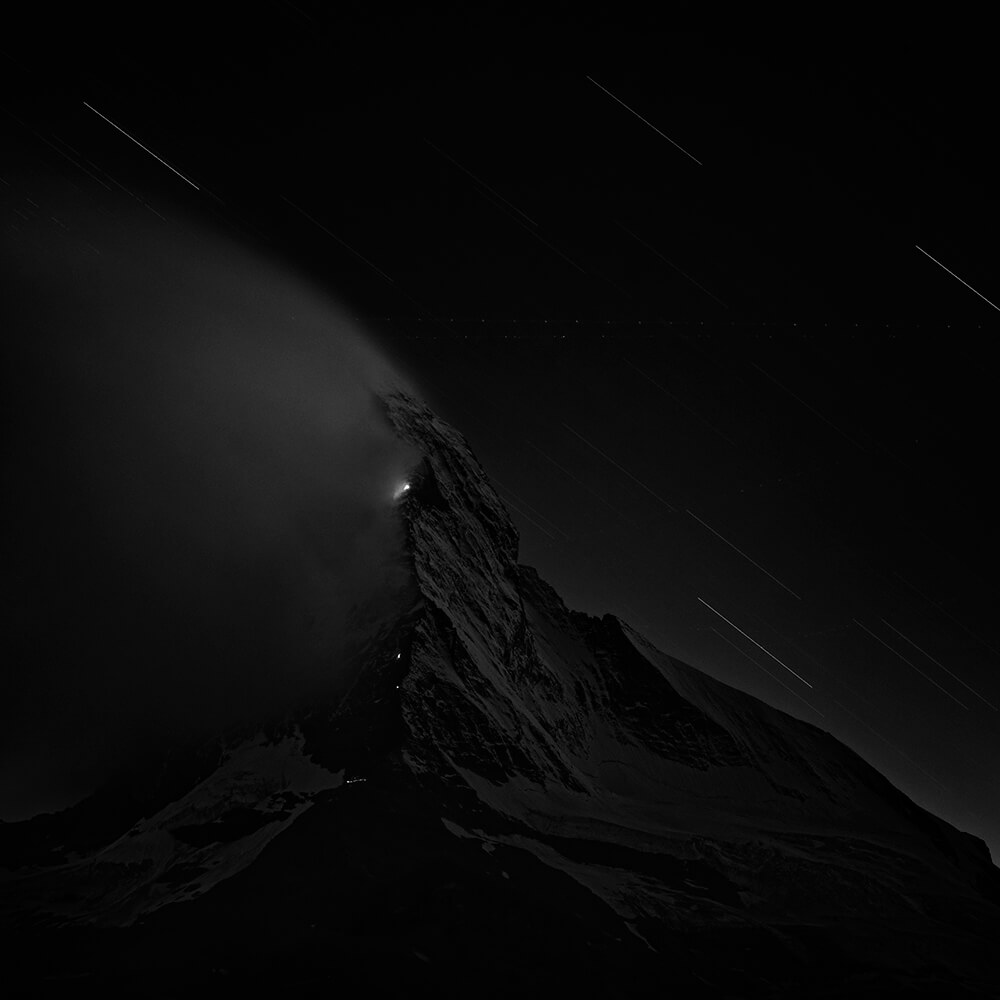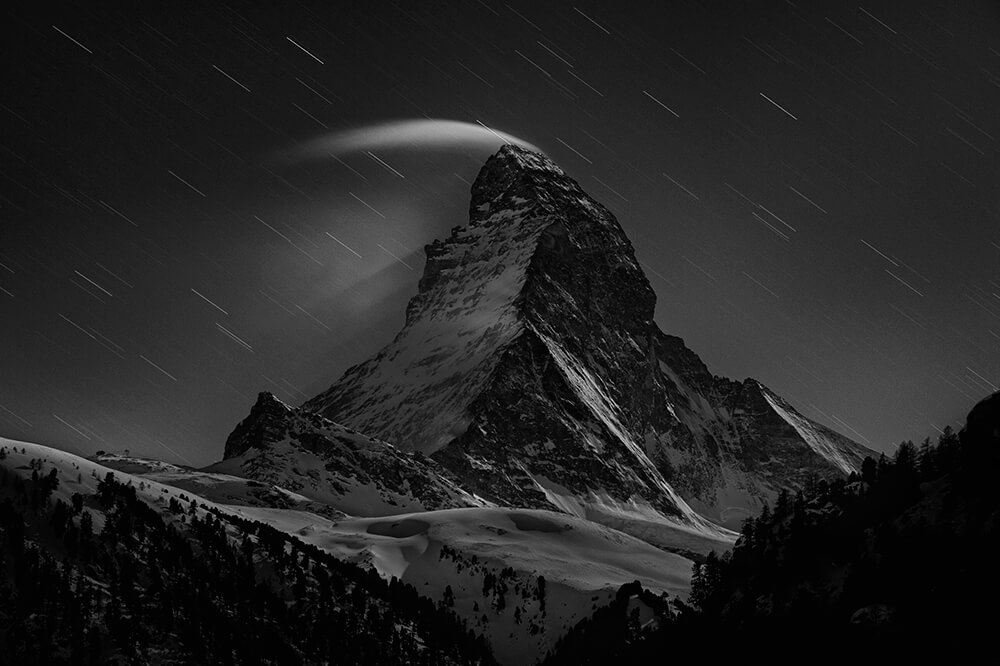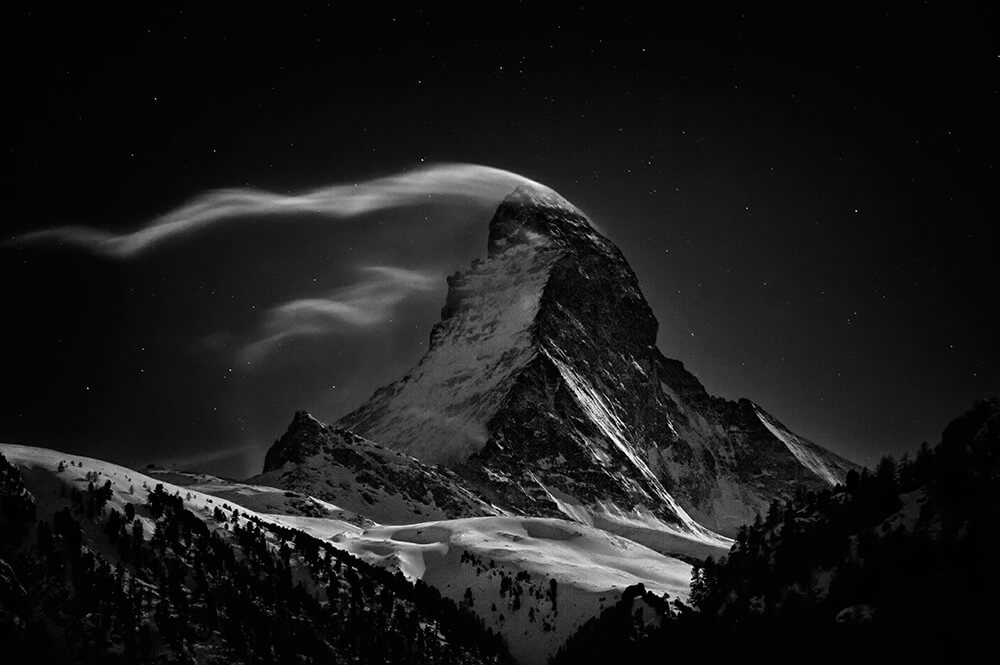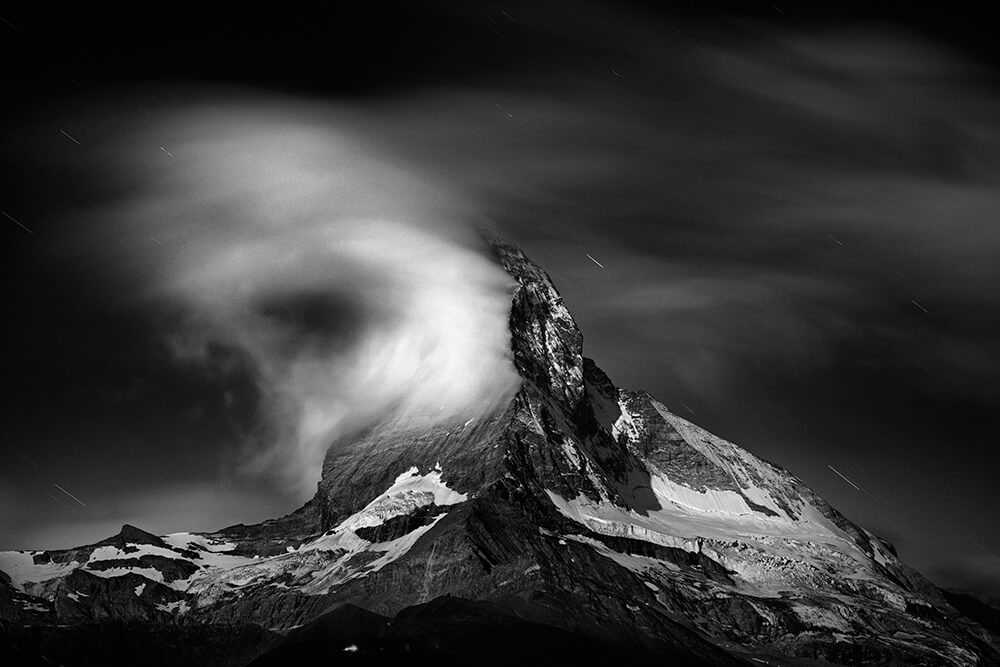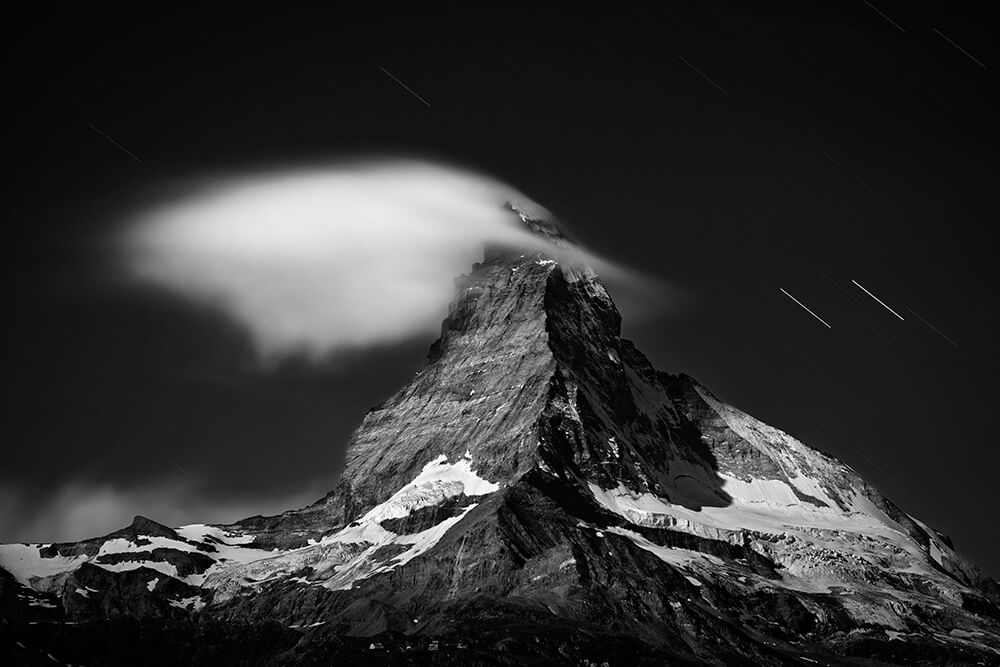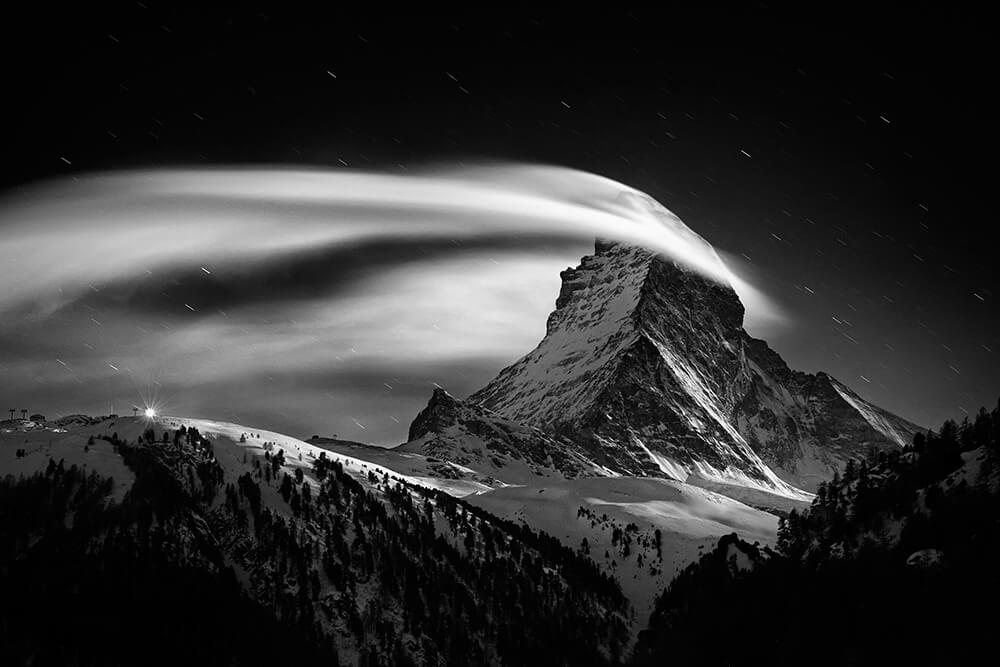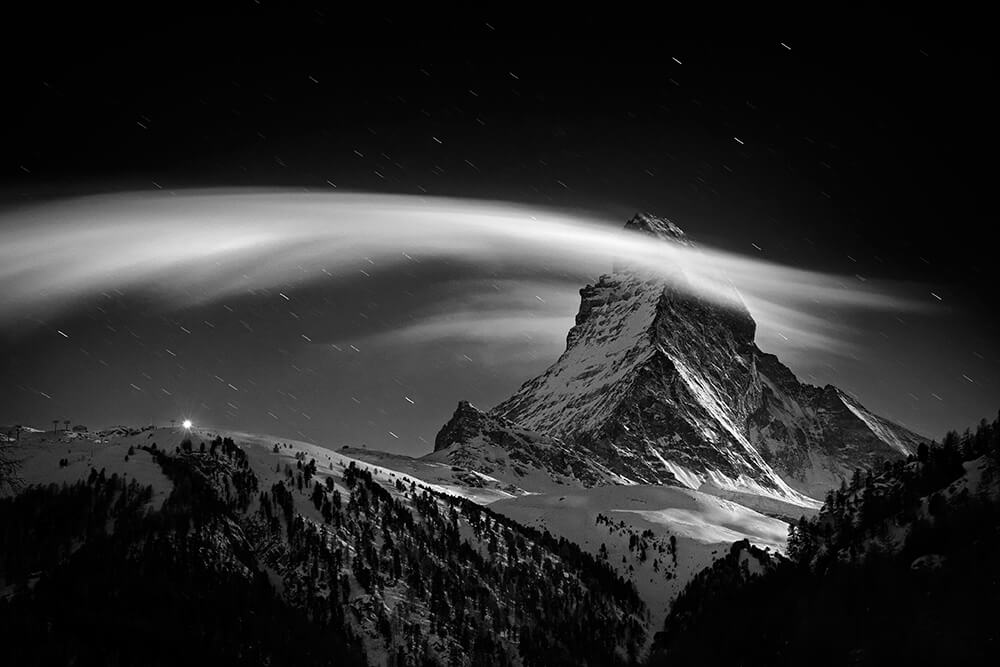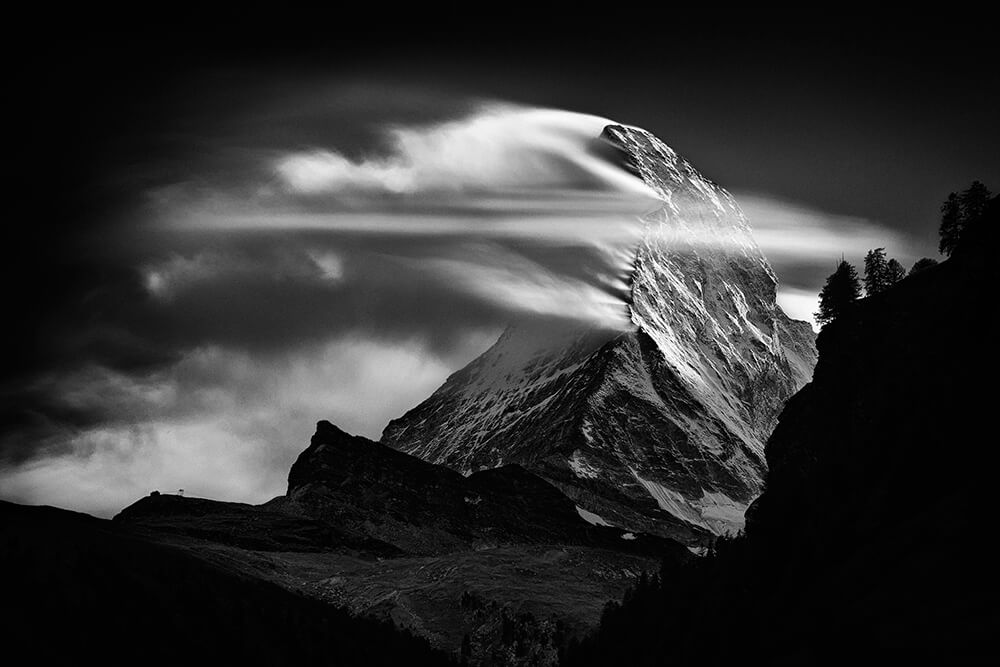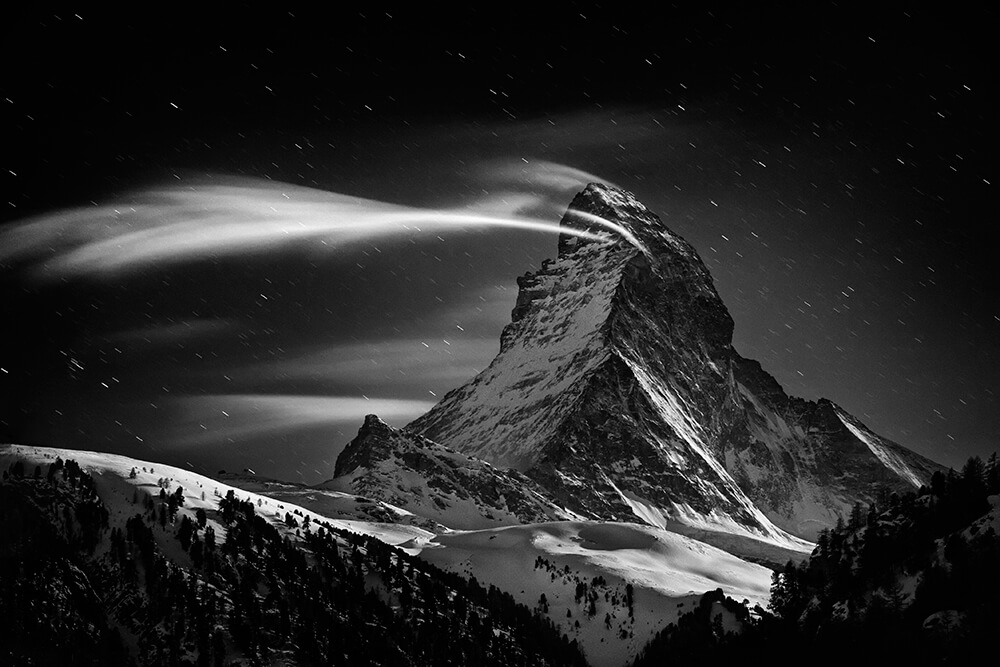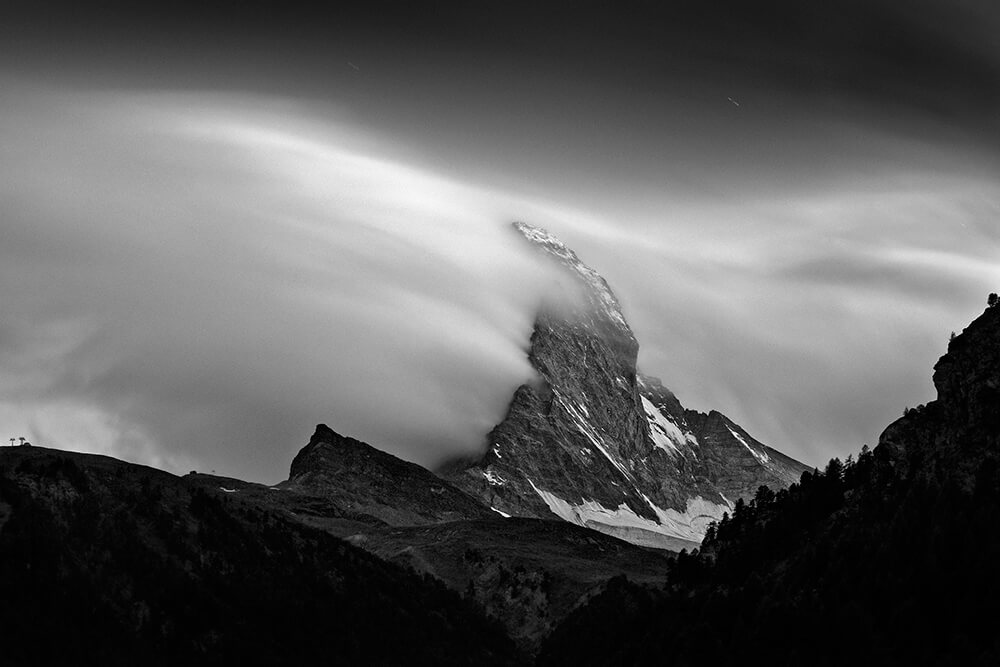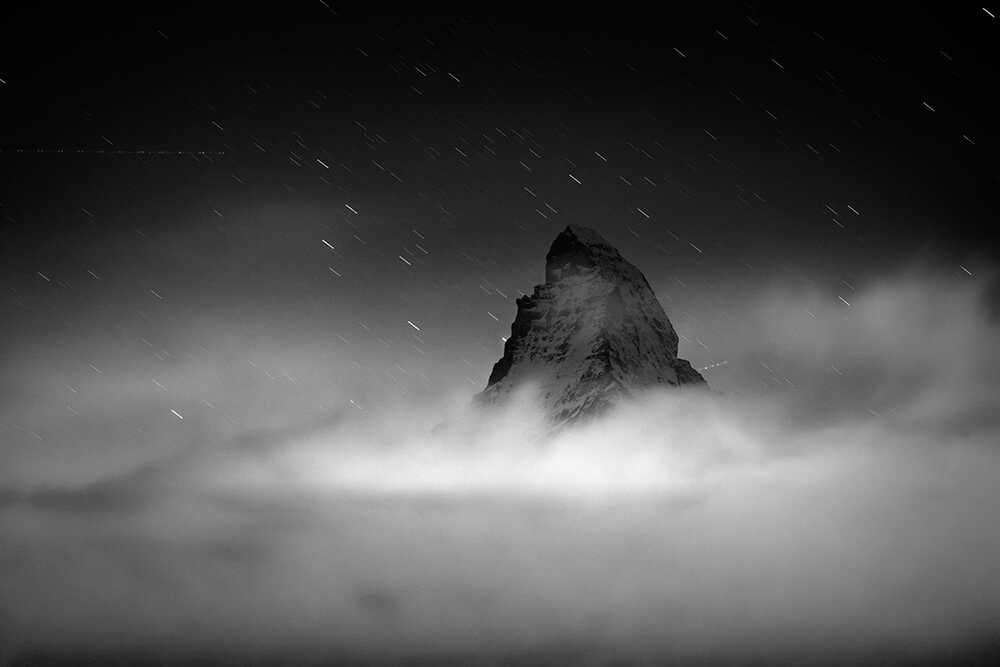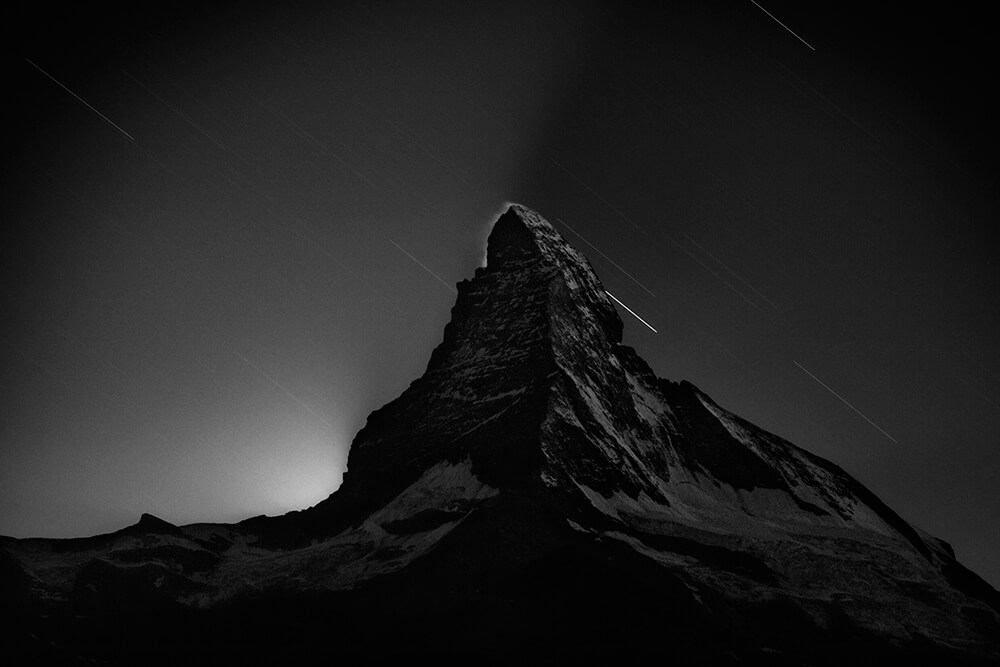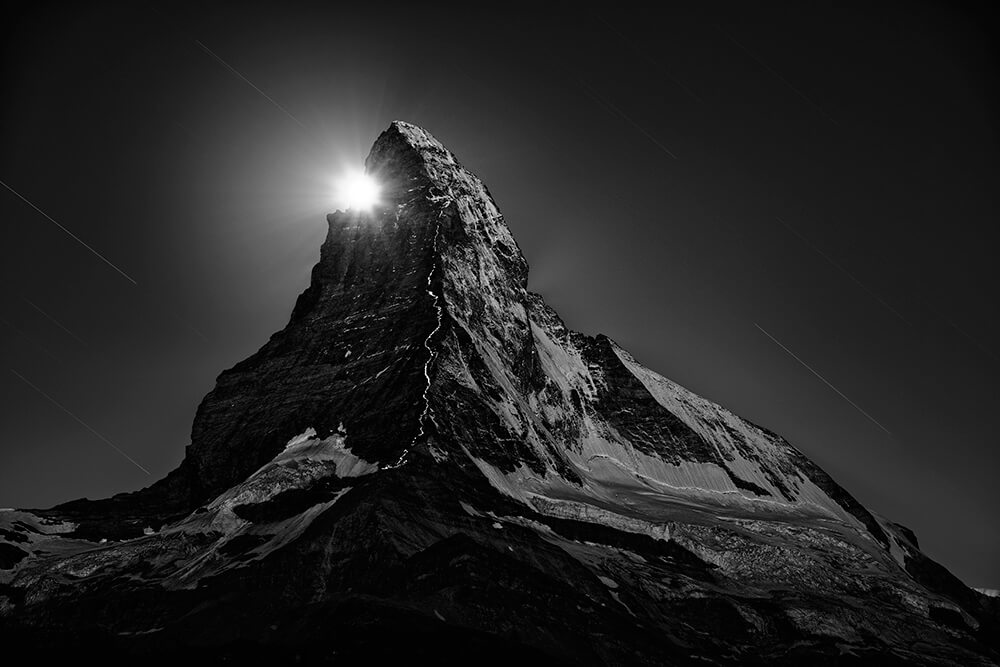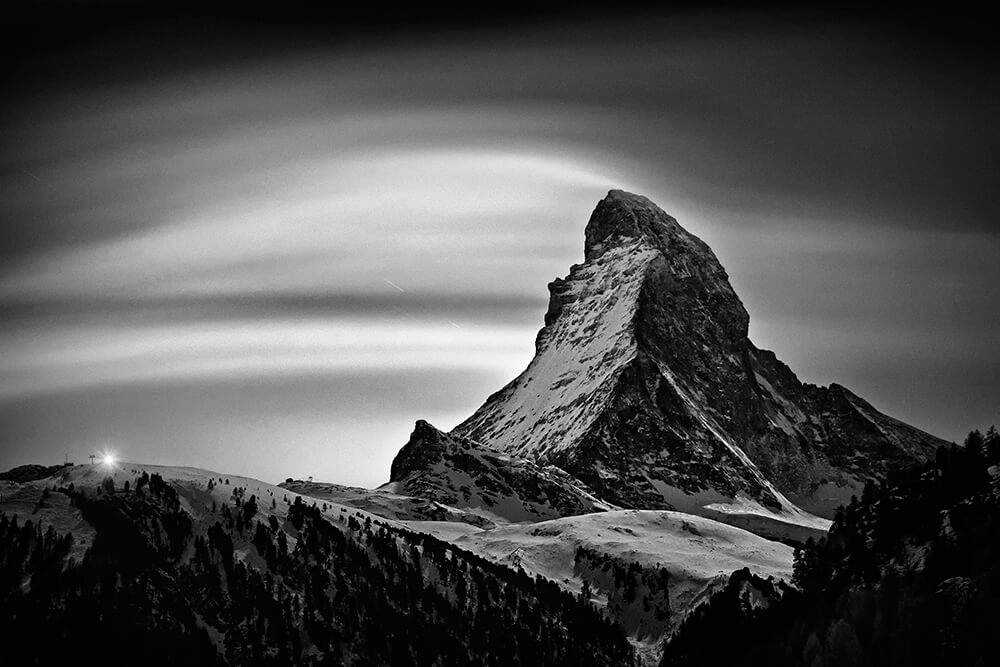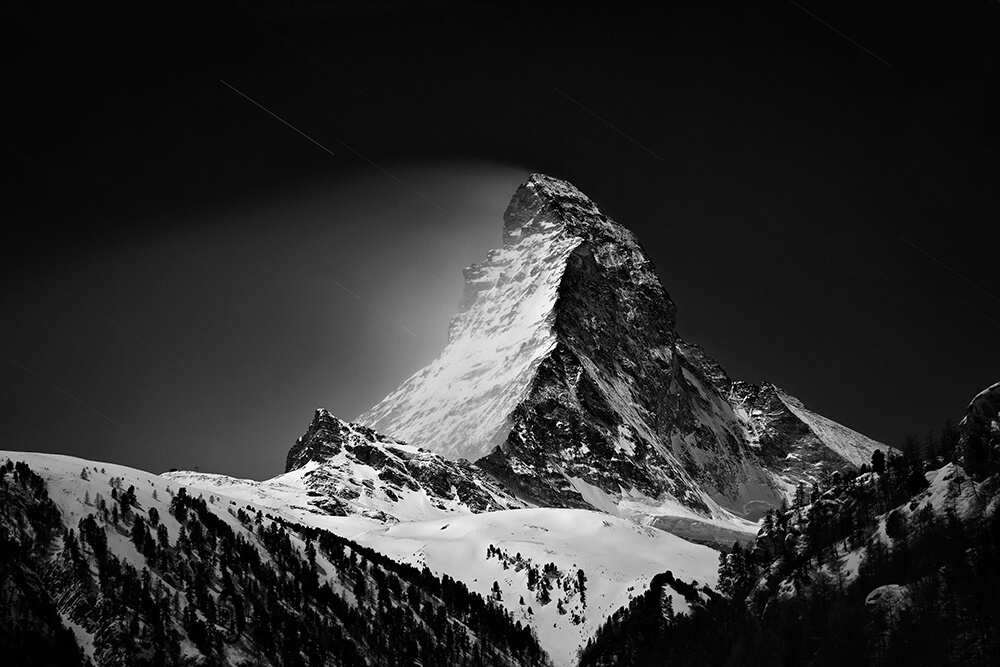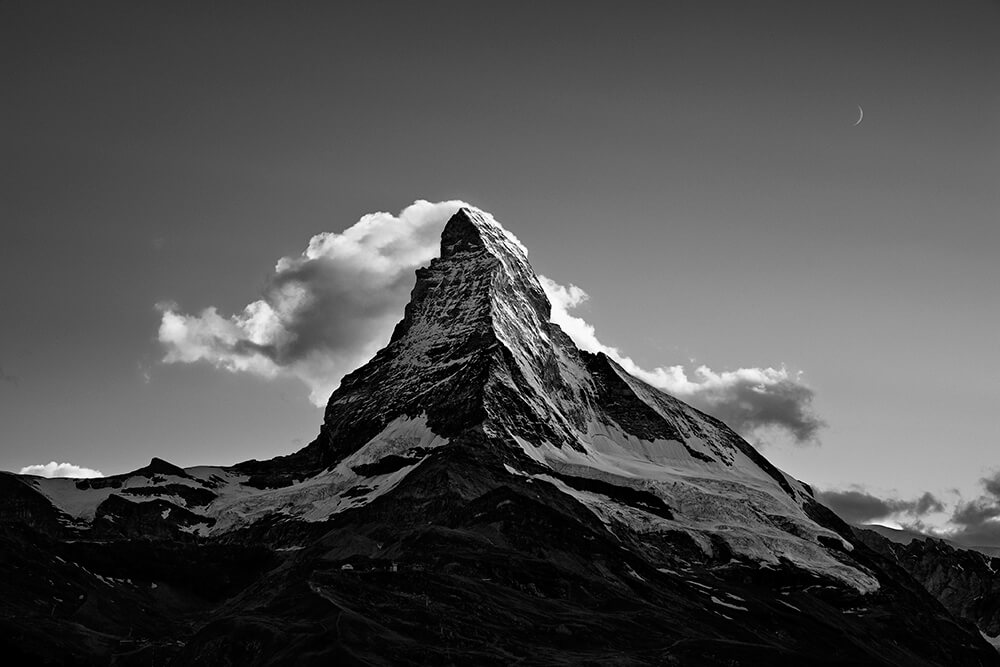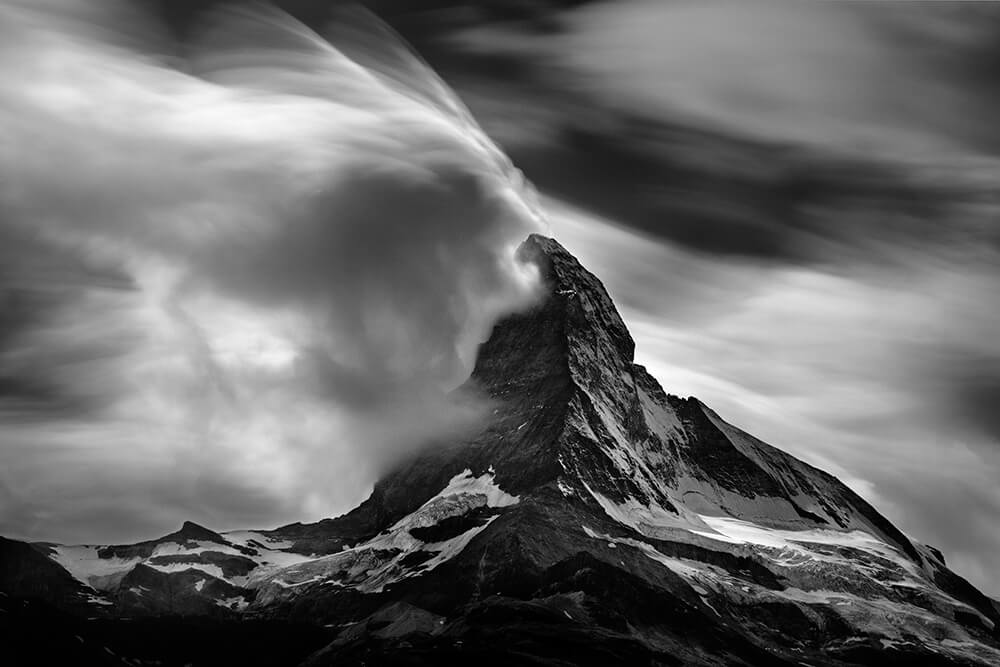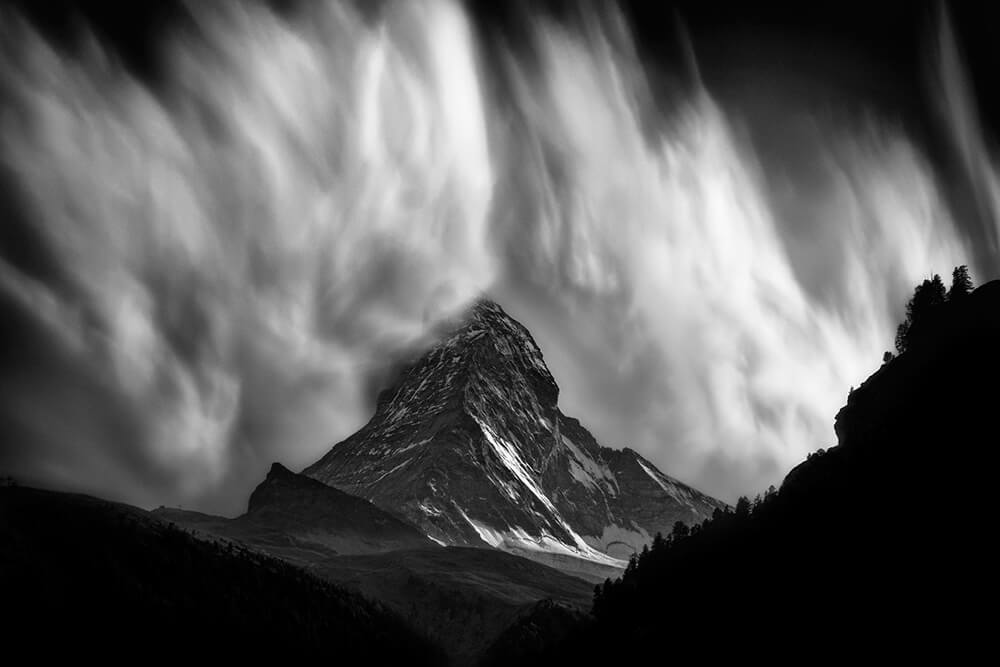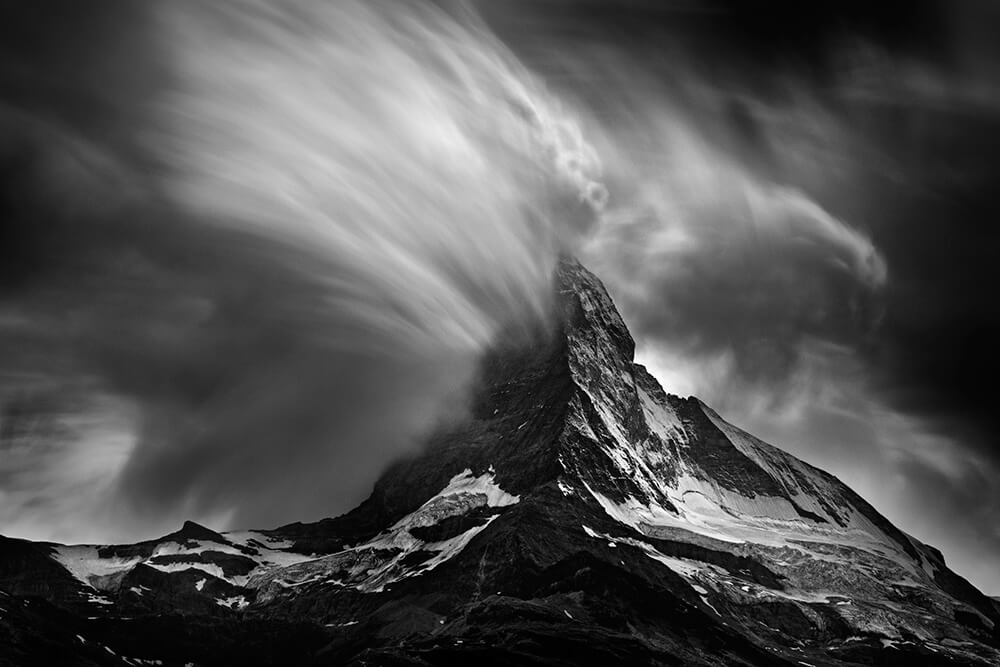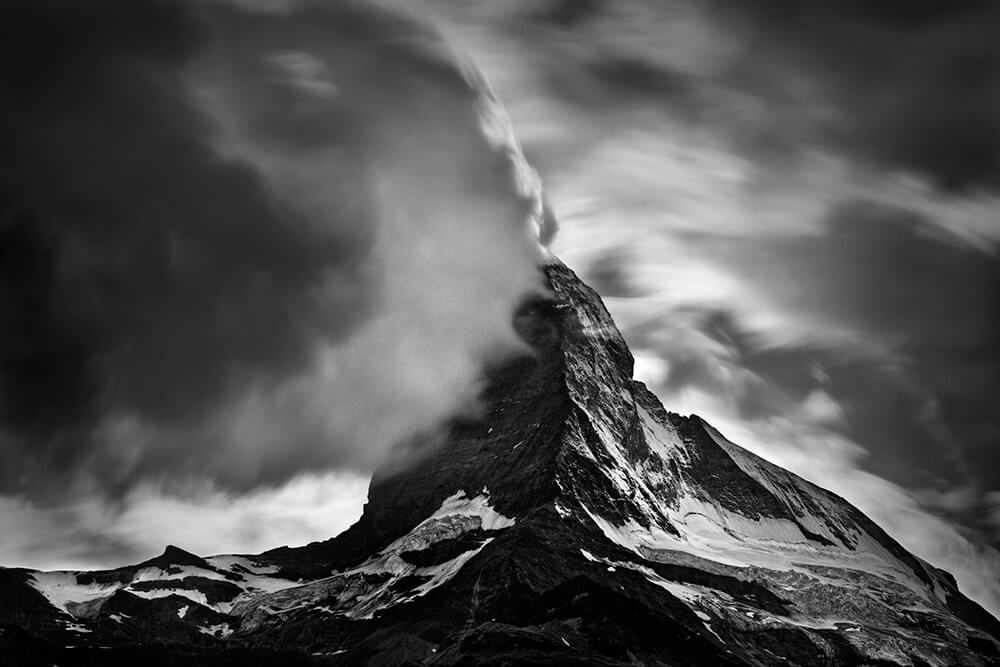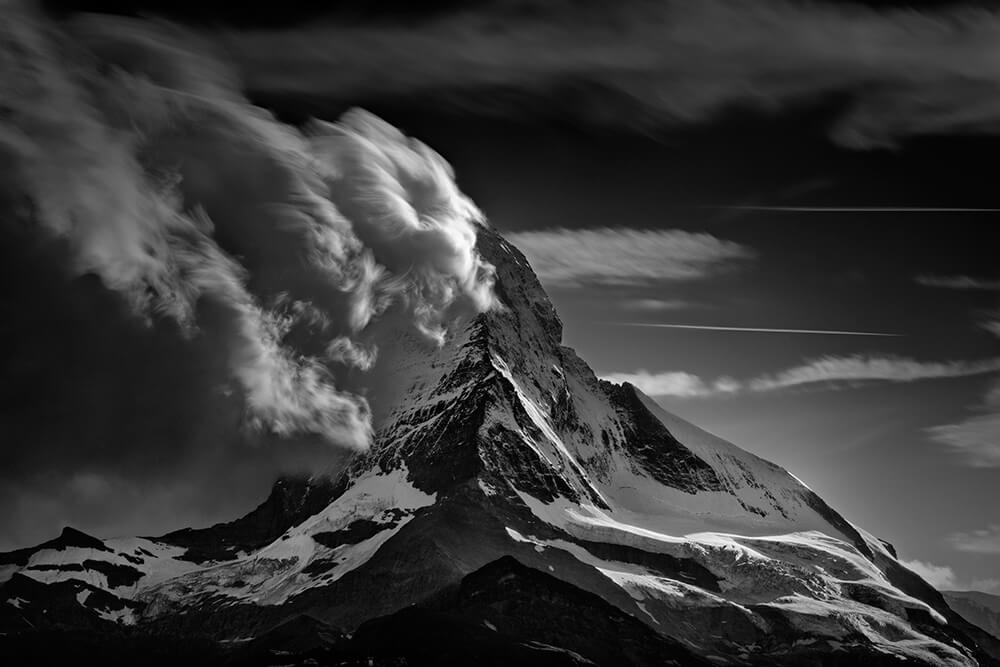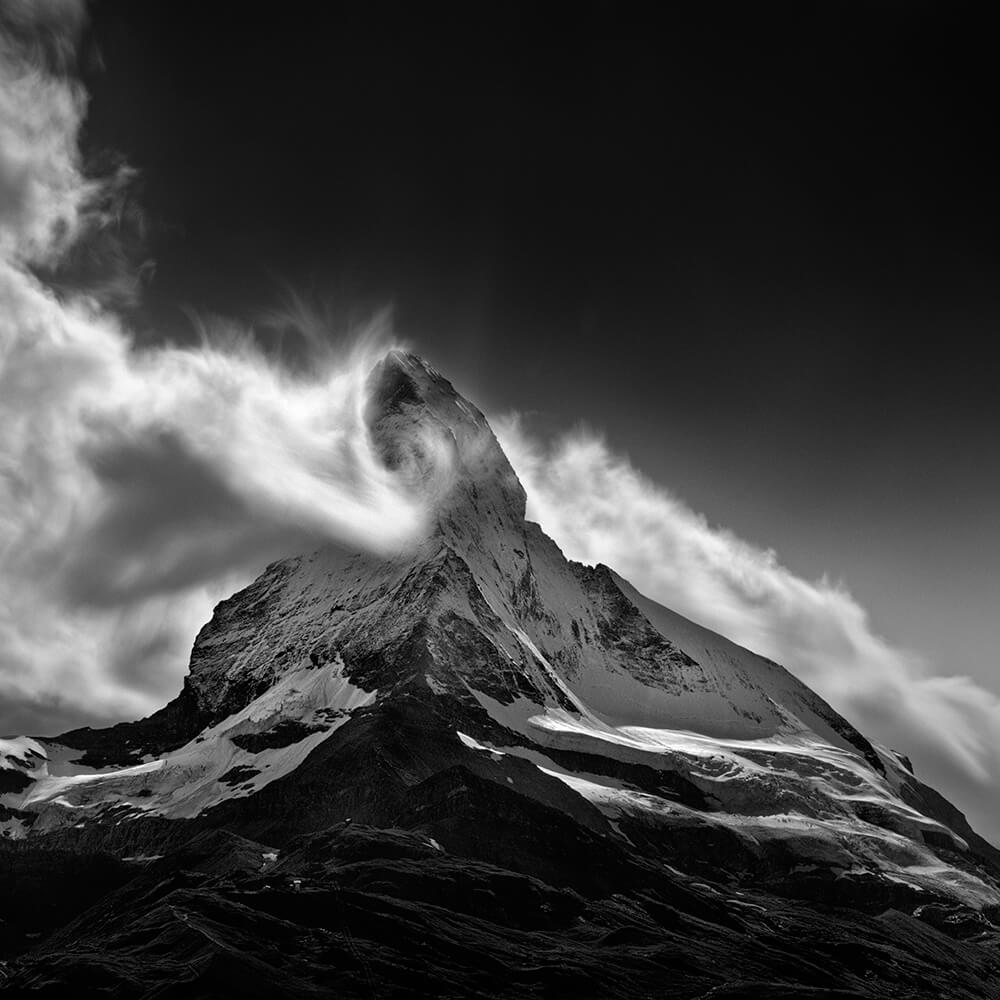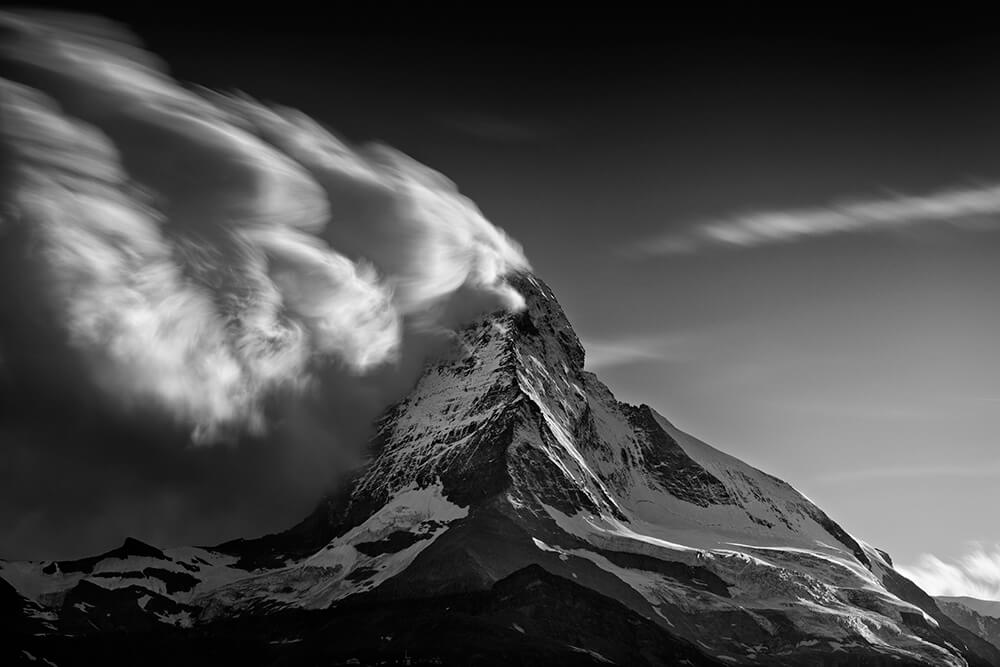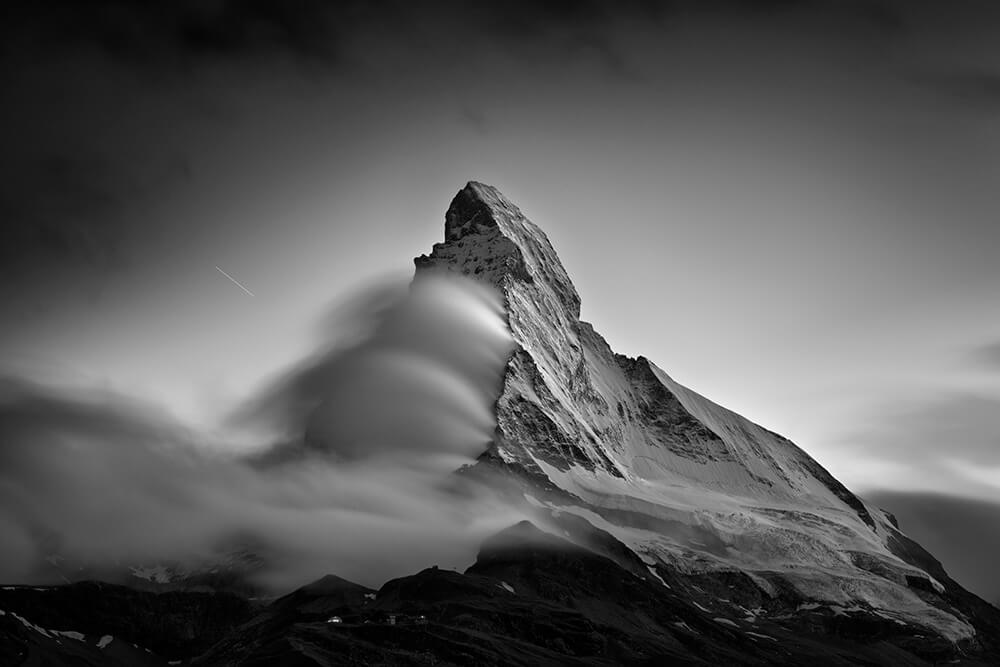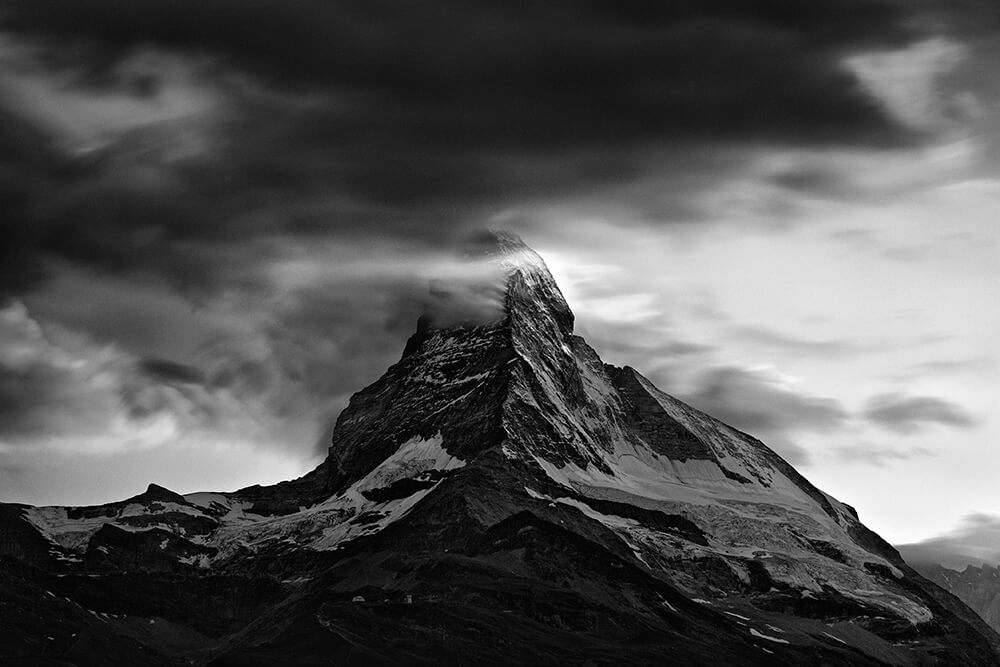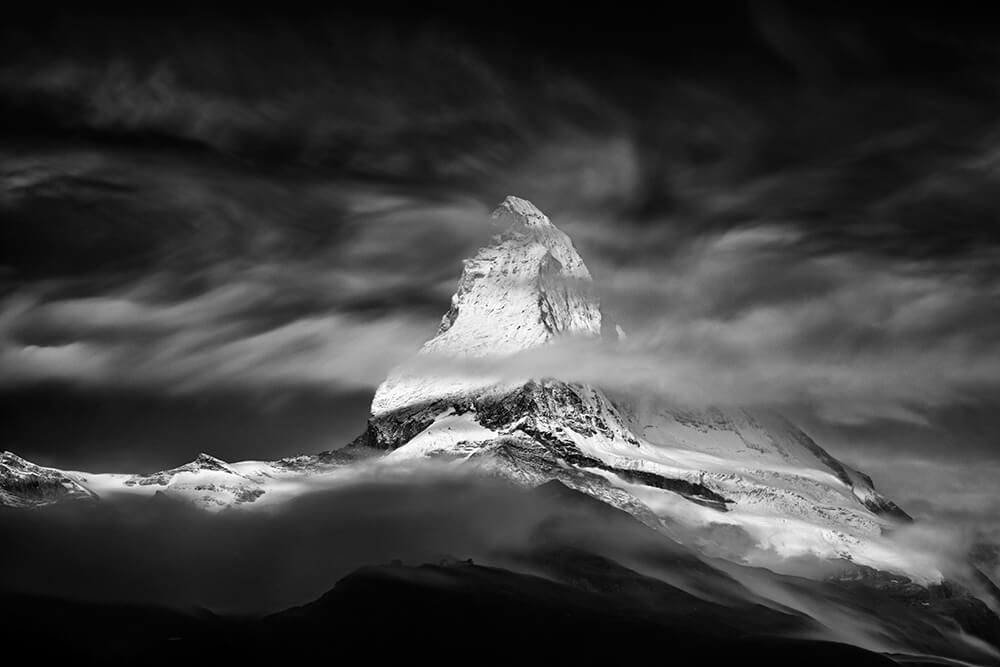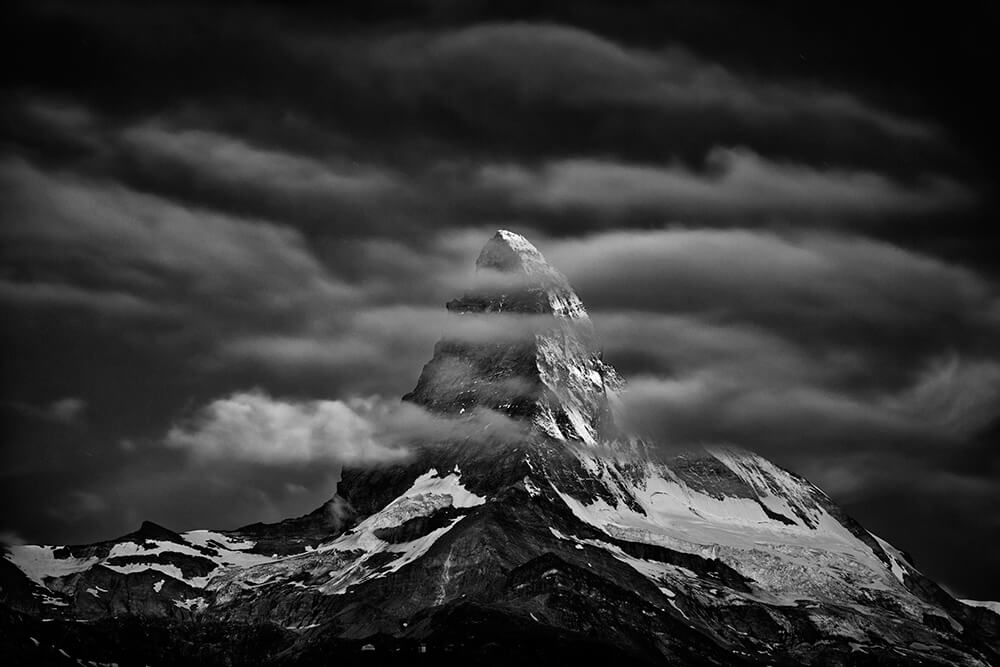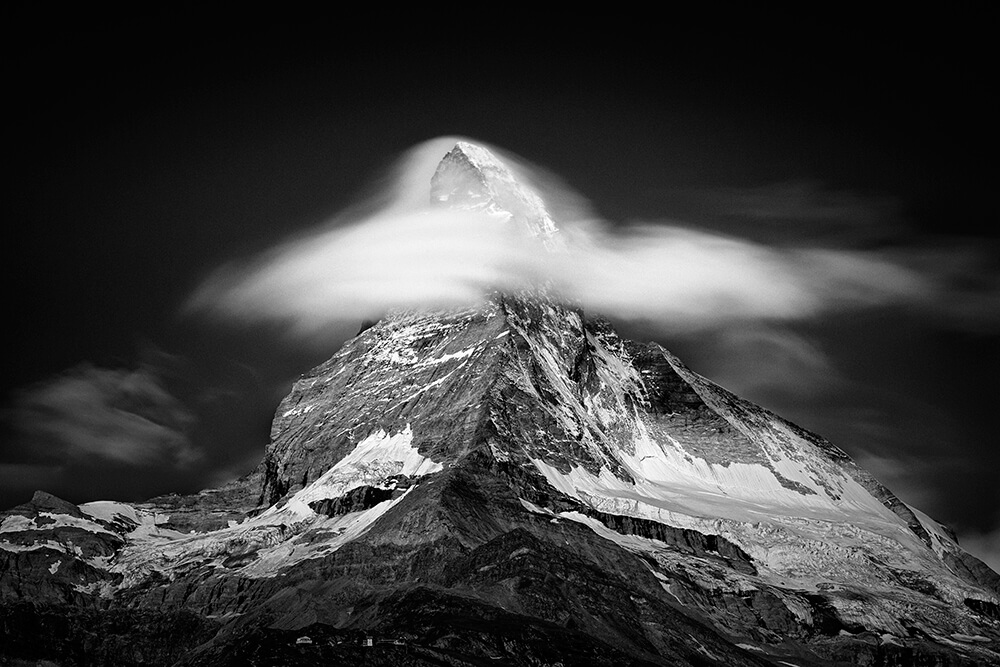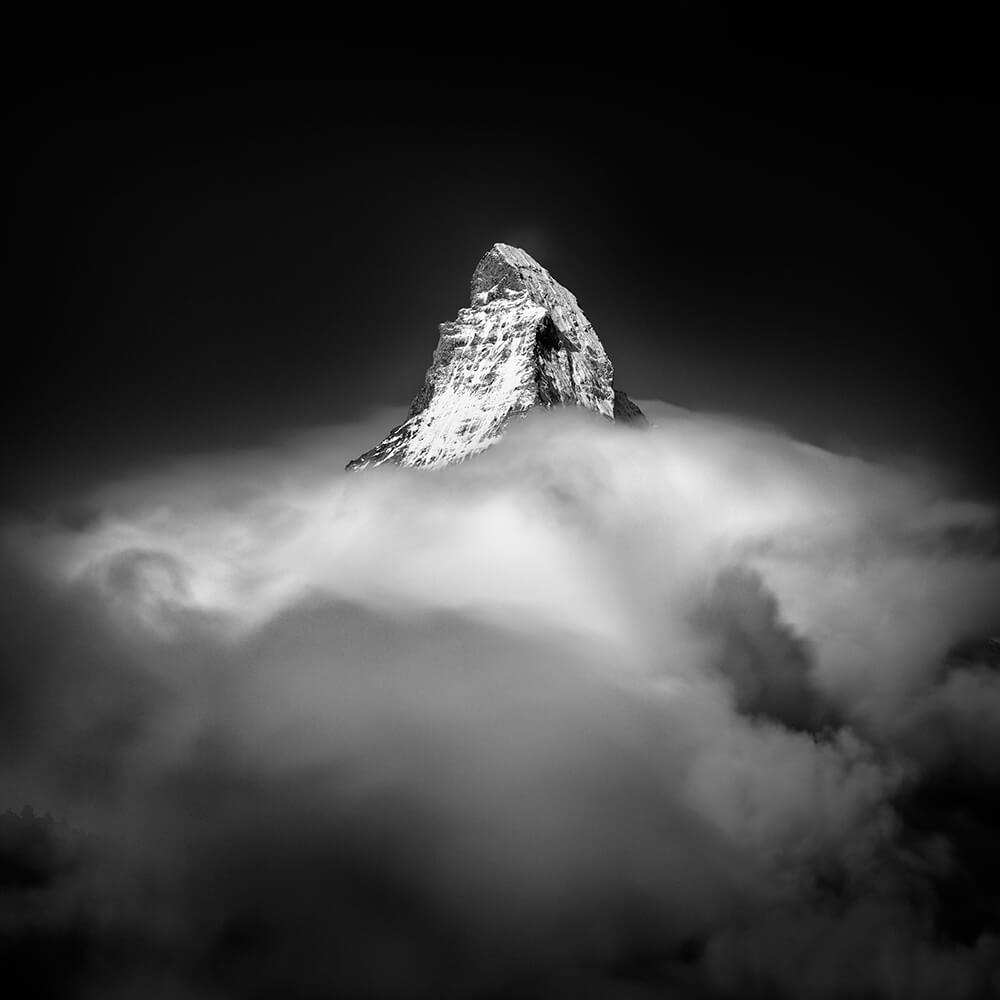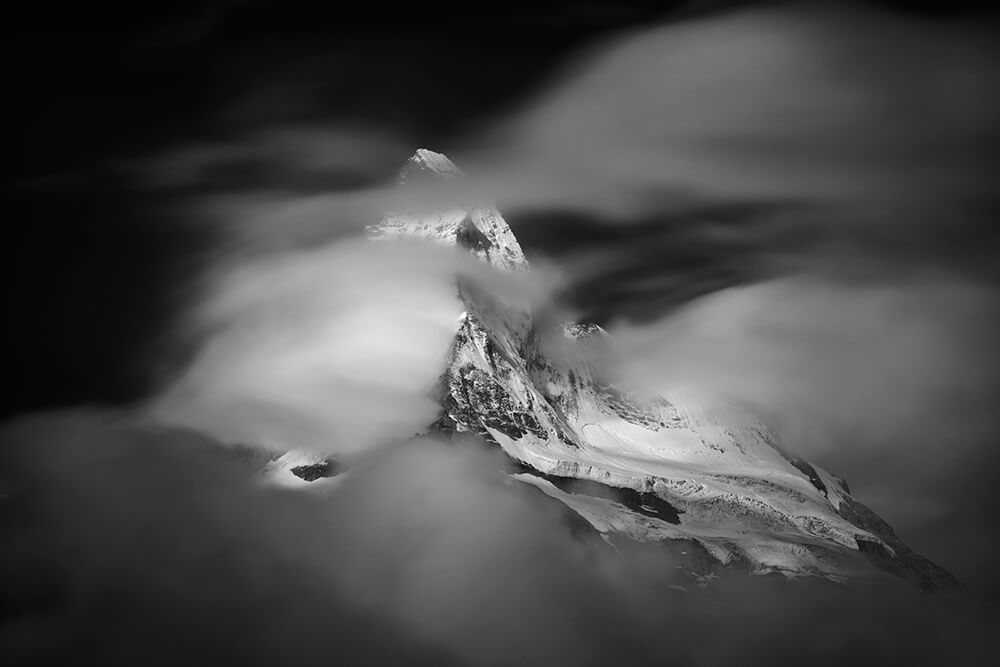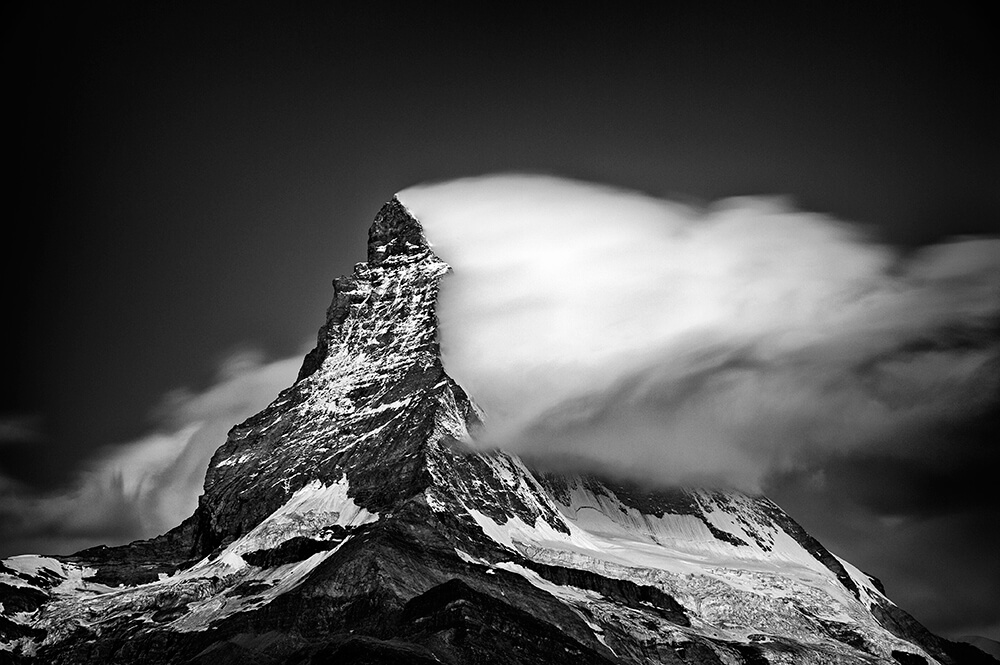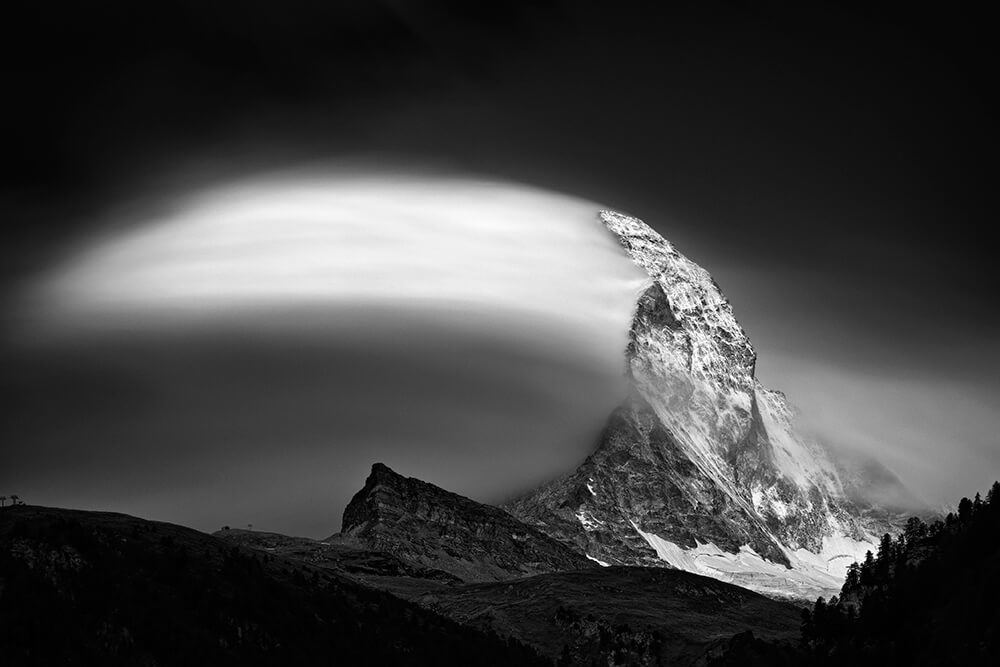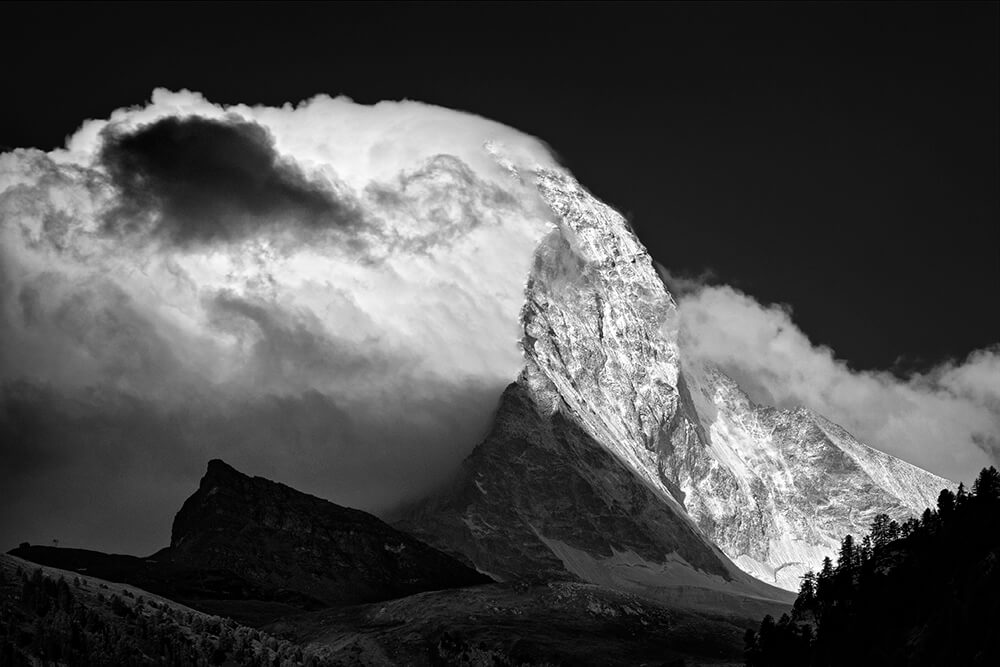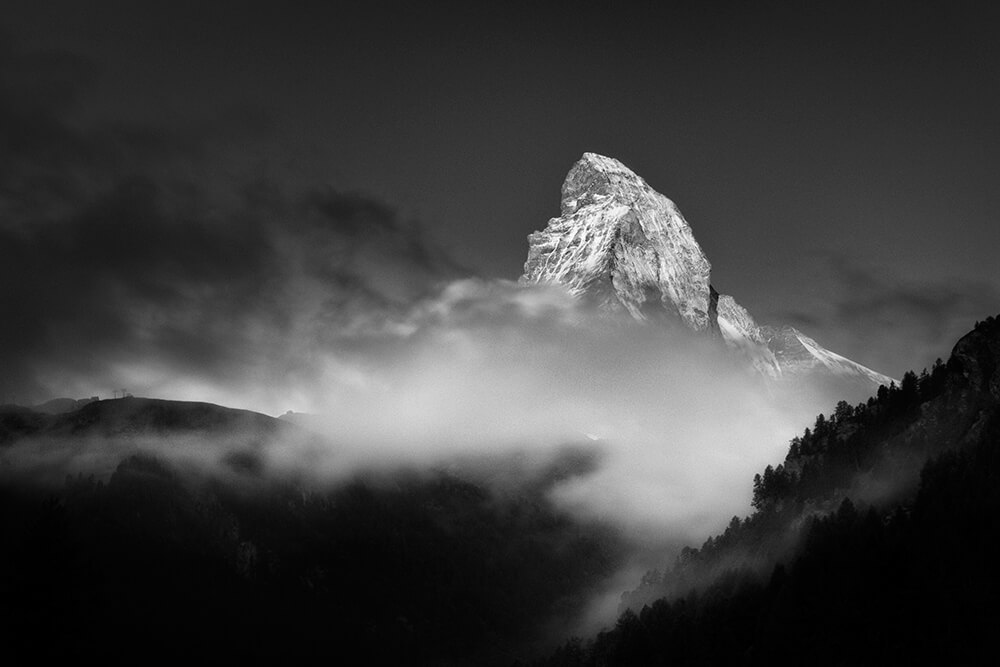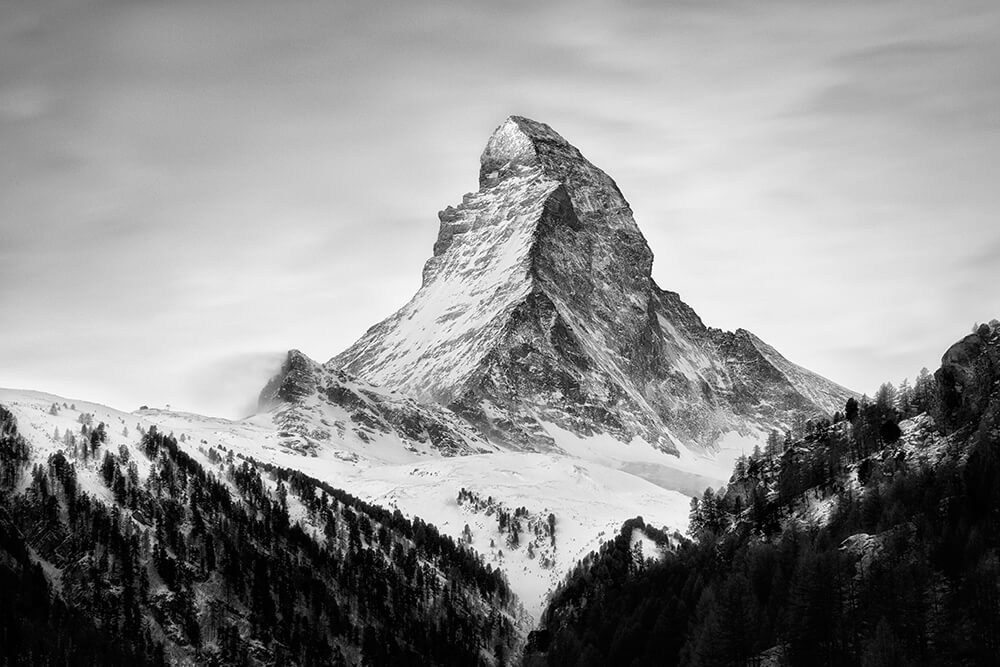There are mountains — and then there’s the Matterhorn.
Rising to 4,478 meters, the Matterhorn is one of the most iconic and magnificent peaks on Earth. In 1865, it was the last great Alpine summit to be climbed. That first ascent, led by Edward Whymper, marked the end of the golden age of alpinism — a triumph marked by tragedy, and a symbol of our desire to push beyond human limits. It reminds us how powerful, and how fragile, we are.
But the Matterhorn is far more than a monument to human ambition. It is the product of geological forces that operate on a scale far beyond our comprehension of time. It formed from an African rock mass over 250 million years ago, forced upward by the collision with the European plate around 90 million years ago. The mountain reached its greatest heights around 20 million years ago and has been sculpted ever since by relentless erosion. Its now-iconic pyramidal form has emerged only in the last 2.6 million years.
Today, the Matterhorn — graceful and uniquely formed — is just a majestic ruin, a mere fragment of a mountain still slowly dissolving. Eventually, it will disappear. And millions of years from now, the same tectonic forces may raise a new Matterhorn somewhere else.
Will anyone be here to climb it?
Published as an artist book: MATTERHORN: Portrait of a Mountain \ Porträt eines Berges
FINE ART PRINTS: Archival pigment ink prints on Hahnemühle Baryta paper
80 x 80 cm, Edition Size 6 + 2 AP
110 x 110 cm, Edition Size 3 + 2 AP
150 x 150 cm, Edition Size 3 + 2 AP
120 x 80 cm, Edition Size 6 + 2 AP
150 x 100 cm, Edition Size 3 + 2 AP
195 x 130 cm, Edition Size 3 + 2 AP
